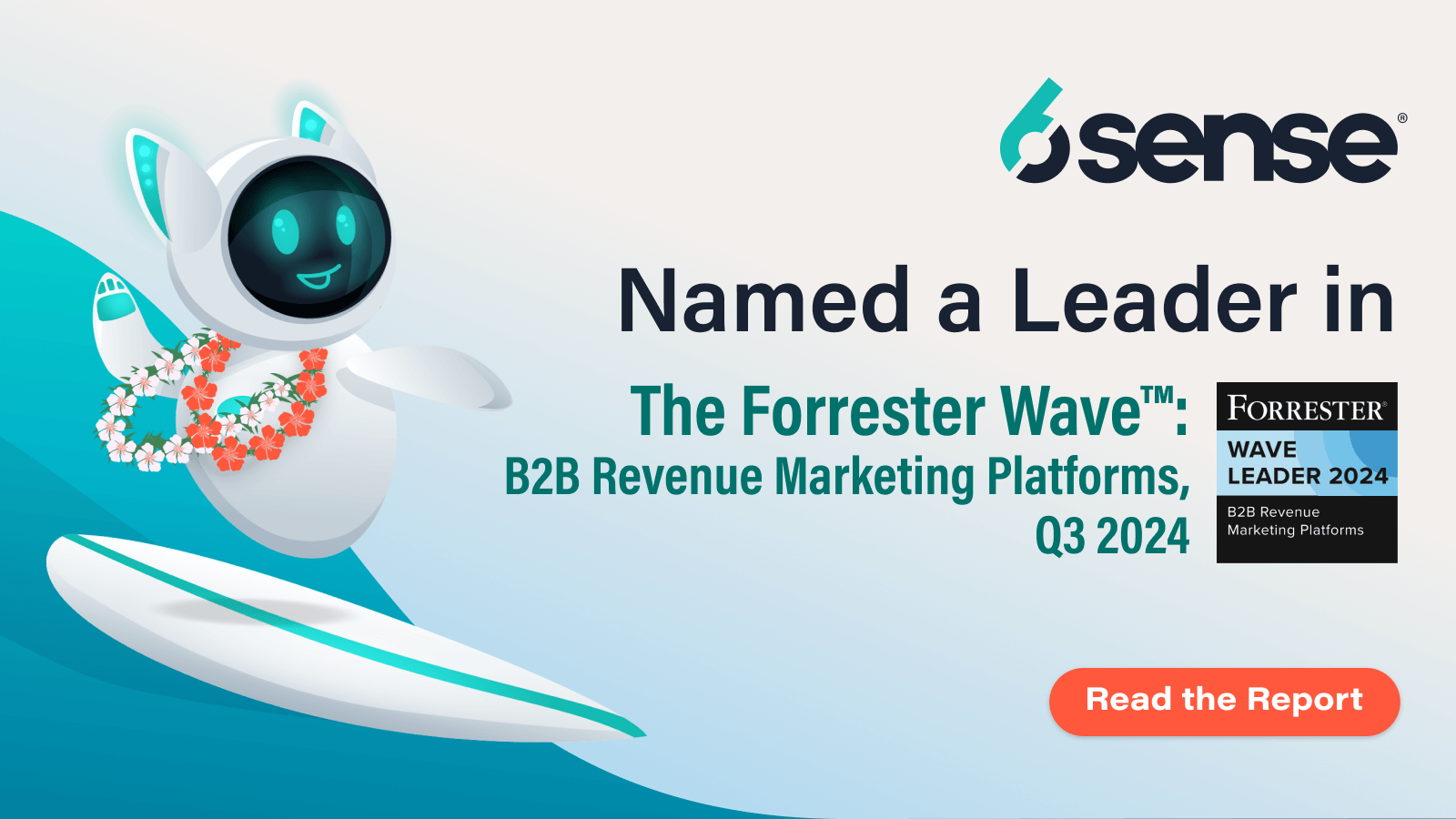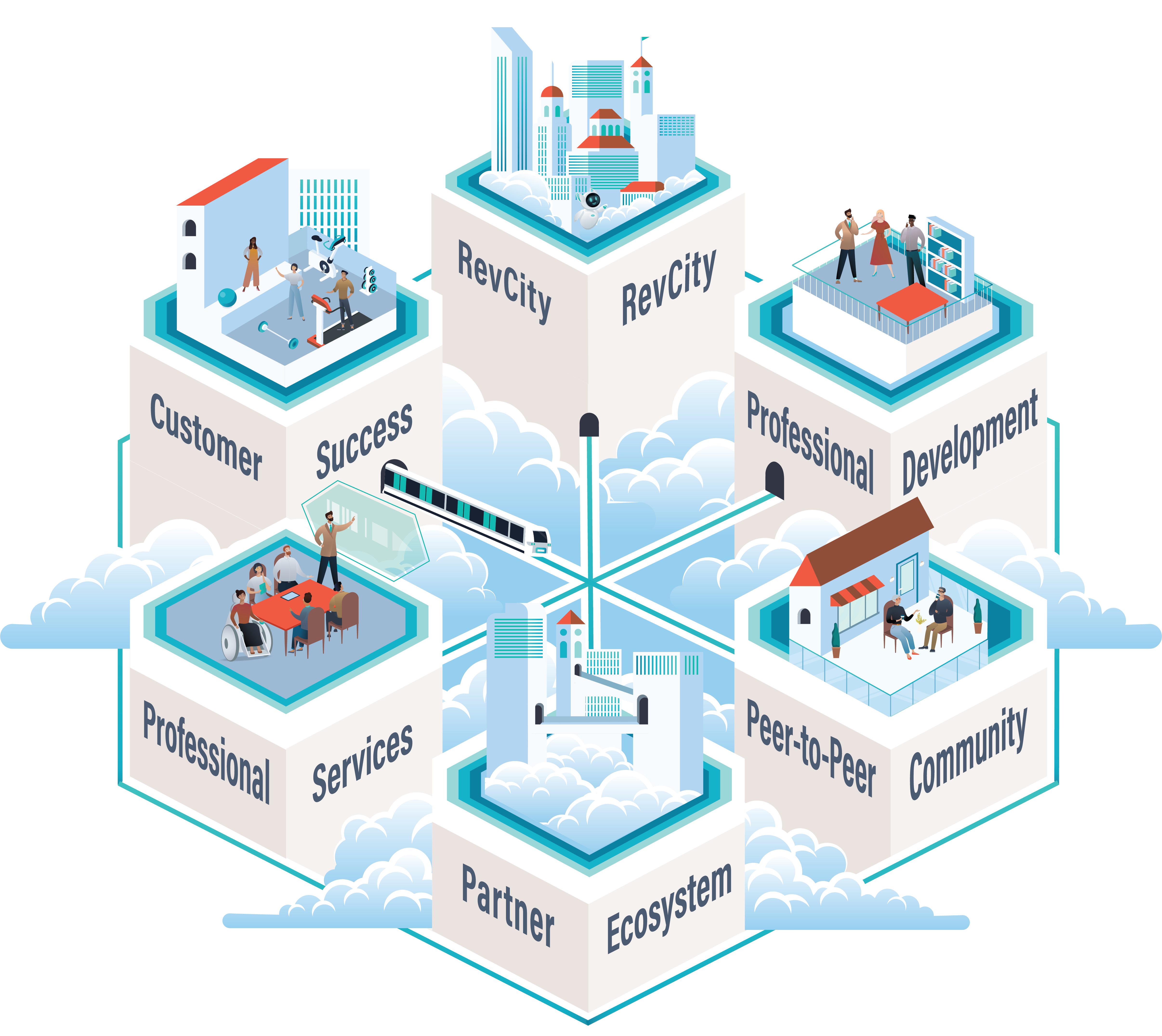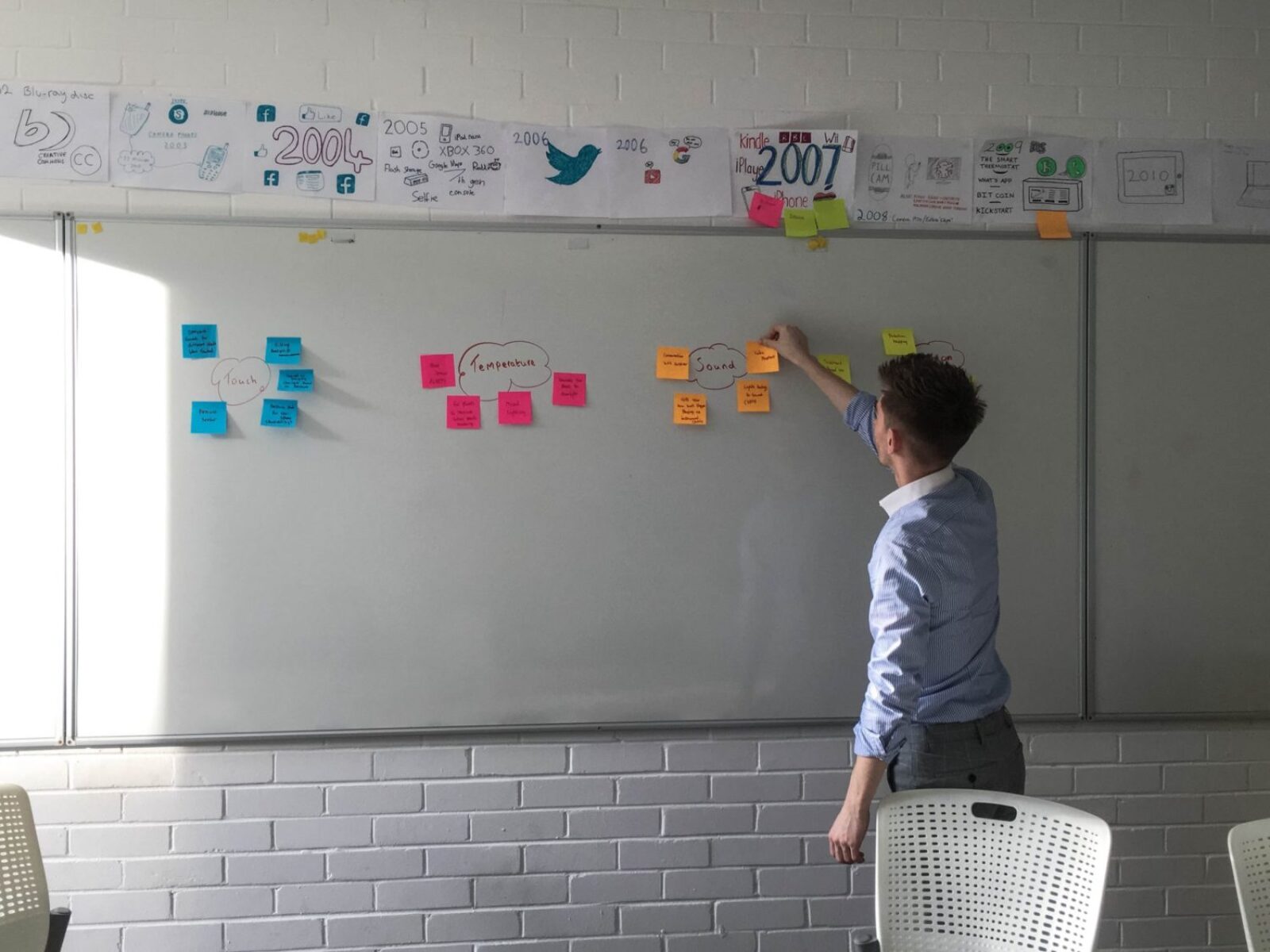A typical sales process can be broken down into six distinct stages:
- Prospecting
- Qualification
- Approach
- Presentation
- Negotiation
- Closure
Each stage has its own unique set of activities that the sales rep or team carries out to move a prospective buyer from the early stages of discovery to becoming a customer. You can use this guide for building or revising a sales process to make sure you cover the details.
For now, let’s take a look at the main stages.
1. Prospecting
During this stage, sales reps and teams use their ideal customer profile (ICP) to identify target accounts and buyers. They create and implement an outreach strategy to attract the right leads and prospects, and use relevant data (either through manual research or AI-derived insights) to personalize customer interactions through emails, meetings, and LinkedIn outreach.
Sales and marketing teams should collaborate to create conversion-optimized content, like blogs and landing pages, that sales can use in their outreach to attract prospects and leads.
2. Qualification
Here, the sales and marketing teams use different data and activity indicators to qualify a prospect as a target buyer. Common B2B KPIs for sales qualification include:
- Marketing Qualified Leads (MQLs). Prospects that show high buying intent by interacting with the company’s web content, forms, etc.
- Sales Qualified Leads (SQLs). Leads that the sales team has vetted as potential future customers after further qualification.
- 6sense Qualified Accounts (6QAs). 6sense customers also use 6QAs, which combine ICP-fit, real-time prospect activity, and machine learning about past deals to predict which accounts are likely to buy soon.
3. Approach
The approach stage, also called the solution crafting stage, involves the sales rep putting together a strategy to present their solution to the potential customer. This includes:
- Outlining engagement strategies for the account.
- Creating a business impact case that highlights the benefits of the company’s product over existing or competitive solutions.
- Creating personalized sales collateral for client presentations.
- Planning the sales presentation, meetings, and follow-up process.
4. Presentation
Here, the sales rep presents their solution to buyers and shares a detailed overview of the product. This is when they present the customer with different pricing and payment options, as well as any additional services they can offer.
5. Negotiation
The fifth stage is negotiation, where the customer and sales rep discuss the terms and conditions and come to a mutually agreeable deal. This includes alignment on things such as payment terms, delivery terms, and warranties.
6. Closing
The final stage is closing. This is when a decision is made by the customer. If your company wins the deal, the next steps begin with your implementation or fulfillment teams.
Conclusion
The sales process can be long and complex, involving many team members and touchpoints. Thoroughly understanding the sales process is critical for any organization looking to improve their conversions and keep their pipeline healthy.



